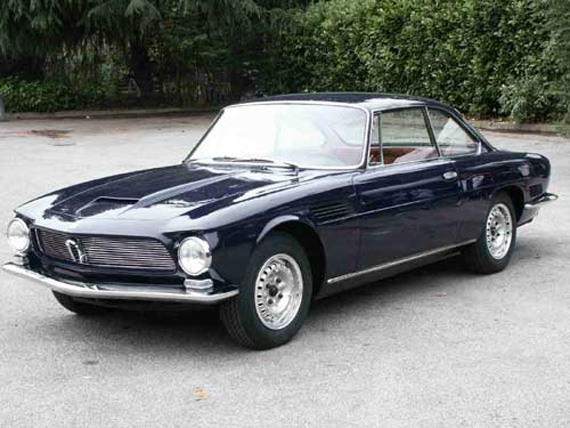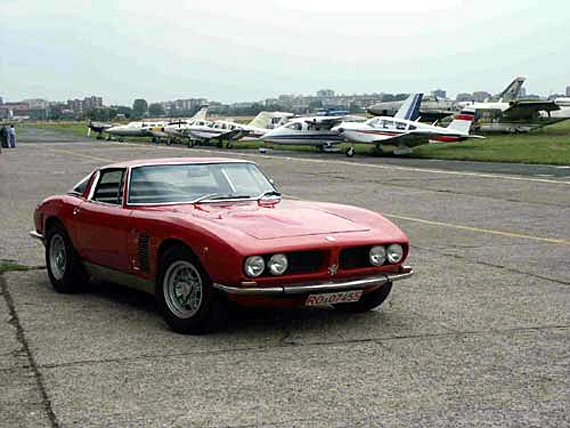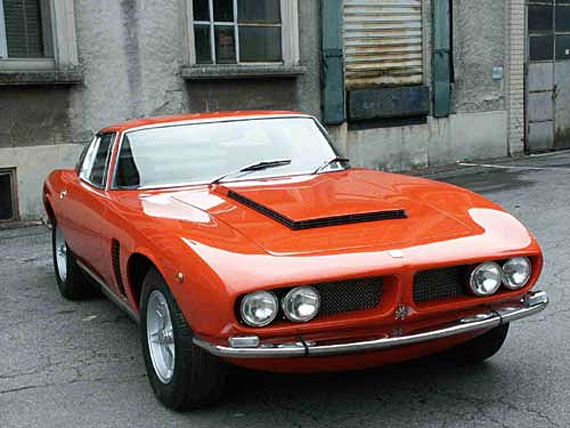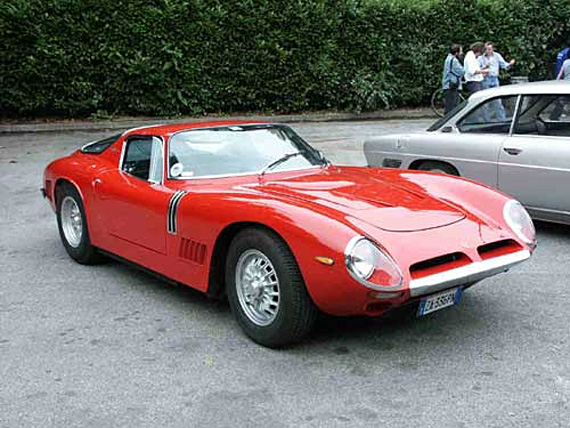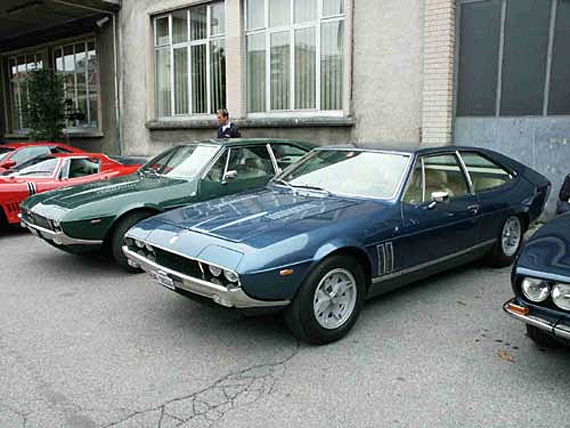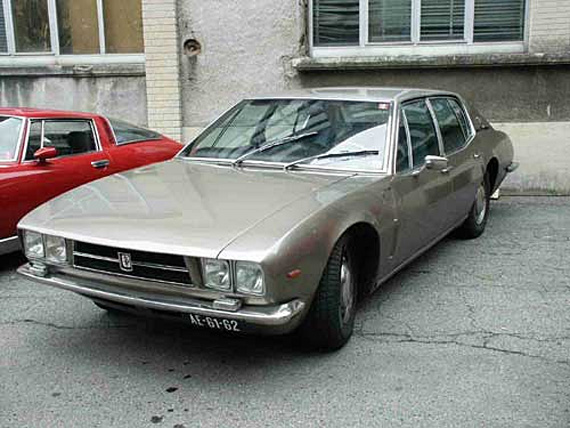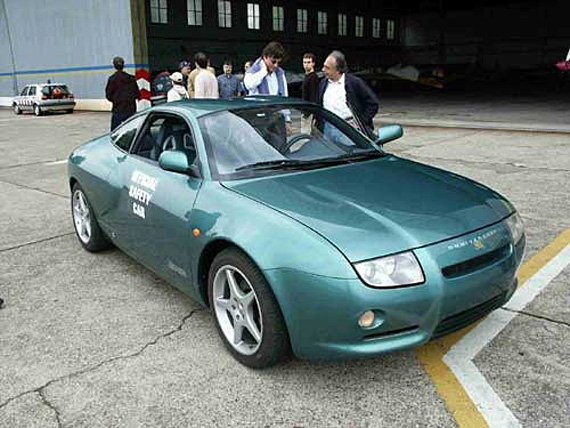Thirteen years have passed since our faithful Italian correspondent Alessandro Gerelli submitted this story about the 50th anniversary meeting of Iso enthusiasts at Bresso, Italy. And what has changed?
The prices!
October 11, 2002 Iso Rivolta Anniversary
Story and photos by Alessandro Gerelli
The Iso Rivolta company was born in 1939 in Bresso, a small town just bordering Milan in the north of Italy. Iso was characterized by an amazing variety of production during its life including refrigerators and water heaters, motorbikes, small city cars, sport cars, and other sundries; most of which were manufactured after the end of WWII. The founder, Renzo Rivolta, was as interesting as the product line. He even built the factory in the park of his villa!
In 2002 Iso celebrated the 50th anniversary of the presentation of the Iso 200, a powerful and elegant motorbike and the 50th anniversary of the Isetta, a small two seats city car with a 200cc engine (later a 300cc) that had a great success in Germany where it was produced under license by BMW.
But 2002 was also the 40th anniversary of the introduction of the “GT” a Gran Turismo car which represented a new trend for Iso Rivolta, who with this car joined the ranks of the “special car” manufacturers, according to Piero Rivolta, the son of Renzo.
The story of Iso Rivolta was short but characterized by the production of very elegant sport cars in competition with more famous makes like Ferrari, Maserati, Aston Martin, and Jaguar. The company concentrated on only a few models: the GT, Grifo, Lele, and Fidia.
The GT was an elegant coupe designed by Bertone with four comfortable seats and a large luggage compartment, and powered by a Chevrolet 5.3 liter engine, making it capable of very high performance.
The final version of the Iso Grifo 7 Liter The Grifo was introduced in 1964 as the sport version of the GT. The body was again designed by Bertone but in two seater form. In 1968, a new version of Grifo was introduced with a larger 7 liter engine giving stunning performance. The body was characterized by a huge air intake on the hood and the “7 liter” badge. An even faster version of the car based on the same mechanics was produced by Bizzarrini.
Other models followed: the Lele, a two door, four seater with an elegant body in 1969 and the Fidia, a luxury four door, in 1970. A Formula One car was built by Iso Rivolta in 1973 and raced by Williams, but the results were rather poor and the required investments too high.
The oil crisis and competition caused a dramatic crisis, which resulted in the sale of the factory by the Rivolta family. Production stopped in 1974. Today, Piero Rivolta, son of the founder, continues with his activity in the world of cars with the Rivolta Group, based in Florida and is still linked to car design via the Zagato Centrostile in Italy.
The 2002 event was held in Bresso on June 8th and 9th, in the old Iso factory, and was the second Iso meeting open to all Iso owners and enthusiasts. The meeting of 2002 was important because it confirmed the intention of Rivolta family and Bresso municipality to avoid the complete demolition of the old factory. A few sheds will be saved and an “Iso gallery” will be created for the display of Iso cars, Isettas and motorbikes with meeting rooms, a library and a bar. The intention is to expand the gallery which will also display cars produced by other historic cars of the Milan area including Autobianchi, ASA, and Innocenti.
Attendance at the meeting included a few motorbikes, five Isettas and 18 cars. These included five GTs, five Grifos, three Grifo 7 liters, three Leles, one Fidia, and one Bizzarrini, coming from Italy, Germany, Switzerland, Netherlands, Belgium and Luxembourg. The event was held in the old factory with an amazing trip to the nearby airport for a high speed drive on the runways. Along the way, the cars were led by an exceptional pace car: a Zuma built by Zagato to celebrate its 80th anniversary in 1998 and driven by Andrea Zagato. This car is based on an Audi A3 with a 1.9 liter diesel engine.
During the presentation of the Iso gallery project, Frank Darren, on behalf of the USA Iso and Bizzarrini owners club, presented a check of $1000, to contribute to the success of the project.
The complete story of Iso Rivolta, is presented in “Iso Rivolta The man, the Machines” by Winston Goodfellow, published by Giorgio Nada Editore in 2001.
